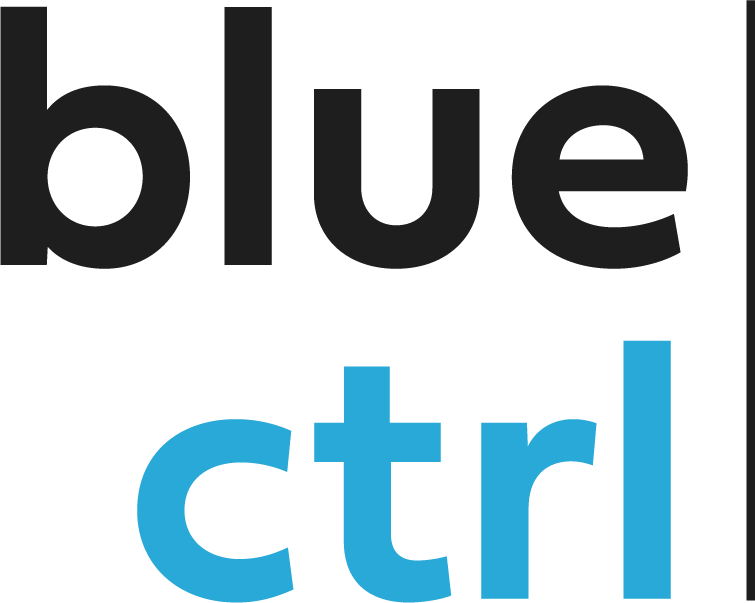
面向未来的可靠船舶自动化系统
Blue Ctrl AS基于其全面、先进的X-CONNECT®自动化平台开发船舶自动化系统。X-CONNECT®平台可轻松高效地配置船舶操作和控制系统的各个方面。
作为全球船舶自动化系统供应商,Blue Ctrl还将其X-CONNECT®平台授权给庞大的合作伙伴网络,这些合作伙伴为全球船舶行业的主要参与者提供服务。
X-CONNECT®完全基于Qt框架构建,是平台工程的典型案例。其中,Qt作为中间件,提供了所需的抽象层和标准化,以集成不同的系统,使不同模块能够相互通信,并使不同的软件栈能够在同一代码库上运行。
基于Qt技术核心的标准化和可重用性理念,该平台战略对生产工作流程、质量和效率产生了重大的积极影响。阅读我们的故事,了解更多信息!
Qt解决方案亮点
开发专有的船舶自动化自助服务平台
高度优化的现成组件,可定制并部署到不同设备上
使用Qt作为后端和图形用户界面(GUI)的中间件
基于Qt信号和槽的可扩展分布式点对点网络架构
适用于所有节点的集中配置系统
可在不同系统中重复使用的标准化构建模块
可配置组件,满足不同客户的需求
我们使用IO控制器来收集数据,并连接第三方设备、操作台、运行用户界面(UI)应用的扩展报警系统单元以及处理业务逻辑的主控制器单元。Qt作为我们应用程序的框架,同时处理后端和图形用户界面(GUI)两个方面。
Blue Ctrl 技术总监 Espen Skjong
查看 X-CONNECT 的实际应用

最先进的船舶自动化系统
现代工业船舶是高度先进且精密的机器,设计用于在地球上最具挑战性的环境中运行。这些船舶配备了尖端的技术,包括先进的导航和通信系统、发动机和货物管理系统等,以确保人员和货物能够安全高效地跨洋运输。与其他行业类似,数字化em>在船舶流程的自动化和优化中扮演着核心角色。
船舶警报和监控系统(AMS)可检测、通知并提醒船员有关船舶的状态,帮助维护船舶安全并遵守法规。AMS由不同的硬件和软件组件组成,用于收集、处理、存储、分发和显示信息。通常,它集成了来自船舶众多组件的信息,如动力、发动机、推进、稳定性和货物系统。
在专用的图形用户界面(GUI)中,使用实时技术及时且连续地呈现信息,并利用符号化和交互性来增强用户体验。
这显然是Qt的强项。让我们详细了解我们的技术和Qt专业服务如何帮助Blue Ctrl满足其需求。
在一个标准的X-CONNECT®自动化系统中,例如在近海船舶上使用的系统,我们通常配备约10个机柜、30个IO控制器和5-10个业务逻辑控制器单元。该系统通常包括4-6个操作台和5-10个扩展报警系统面板PC单元,所有设备通过冗余环形网络连接。系统节点之间的通信采用无代理的 DDS 协议,使用发布-订阅模式。在网络通信方面,我们依赖 Qt 框架,将 Qt 信号与槽机制应用于各种应用程序中,并利用 QML 实现图形化表示。
Blue Ctrl 技术总监 Espen Skjong

X-CONNECT®平台
要实现一个报警与监控系统(AMS),用来集成和管理如此多样化的设备和流程,并满足不同类型船舶的迥异规格,并非一个简单的任务,也无法通过每次在新任务中采用临时解决方案来解决。为了提高开发过程的标准化和可复用性,Blue Ctrl选择从基于项目的方式转向基于产品的方式,为船舶自动化系统构建一个基于Qt的、独立于软/硬件的平台。
X-CONNECT®平台结合了工业硬件和可配置软件,包括数据通信、多网关IO接口、工具和高清用户界面。其模块化设计使其具有高度的可扩展性和灵活性。基于Qt框架的灵活性和模块化特性,X-CONNECT®可在各种配置上提供卓越的性能、可靠性和效率。
Qt的跨平台功能和QML的模块化特性使其与众不同。系统并不完全相同,但构件模块是相同的。我们在交付中不需要编写任何代码,只需进行配置组件,这些组件时基于我们用C++和Qt开发的。 Blue Ctrl 技术总监Espen Skjong
出于同样的原因,更换船上的泵或其他设备不会对整个系统产生影响,只需通过调整该特定节点的软件和硬件配置即可在本地完成处理。
所有内容都被打包成单一版本的软件包。我们将操作系统(Yocto)和应用程序与客户特定的配置文件一起打包成软件包,并将这个经过全面测试的软件包部署到船上所有运行X-CONNECT®应用程序的系统节点上——升级整个系统实际上非常简单。
Blue Ctrl 技术总监 Espen Skjong

分散式系统维护
通常情况下,终端客户会购买一个完整的系统——根据任务需求进行完全配置和安装。Blue Ctrl从产品生命周期的角度为系统提供支持,部署新的升级和版本,既增加功能,又升级到新的Qt版本、Yocto 版本等。
新的X-CONNECT版本会定期发布。Blue Ctrl可以通过VPN远程操作部署经过全面测试的软件更新。但客户也可以根据自身需求,在办公室或船上进行独立部署。换句话说,如果控制器或其他硬件出现故障,客户可以独立更换,并通过GUI工作站向该节点自动重新部署配置软件。
当需要定制版本的组件时,X-CONNECT的Design Studio(与Qt专业服务团队合作开发)可以轻松创建这些组件,并在配置工具中提供这些组件。
在X-CONNECT Studio和GUI模拟编辑器中,您可以编辑整个系统的配置。您可以拖放组件、绘制管道和其他对象。设置新组件并将其集成到系统中非常简单。
过去,您必须手动完成这些工作,逐行编辑代码、添加逻辑等等。现在通过可视化编辑实现了完全自动化。您只需添加组件,在GUI工具中将它们相互连接,系统会自动处理,管道和电源线等连接会在GUI中自动生成动画。这为我们节省了大量时间。 Blue Ctrl 技术总监Espen Skjong
过去,使用基于SCADA的软件(工程设计到订单交付)为定制项目交付产品是一个耗时的过程。如今,通过转向按订单配置的方法,并标准化可配置的功能和特性,同时自动生成大量GUI模拟和使用GUI编辑器工具(也是在Qt框架上开发的),我们大幅缩短了交付时间,可能减少了2-3倍,具体取决于系统需求。
在加速交付过程的同时,这一策略还通过确保功能正确性来提高产品质量,并最大限度地减少产品交付所需的工程师数量。
Blue Ctrl 技术总监 Espen Skjong

平台化工作方式
Blue Ctrl从基于项目的开发方式转变为基于产品的开发方式,就是基于Qt的平台工程的典型案例,它大幅降低了复杂性、上市时间和成本。
过去,我们需要3-4名拥有不同领域知识和能力的人员合作完成一个项目。如今,一切都被集成到工具链中,您不再需要特定领域(如网络、数据库等)的核心能力就能完成交付。
在目前设置下,一名工程师可以在合同签订后约12周内交付一个项目。当然,这名工程师通常同时负责2-4个项目。 Blue Ctrl 技术总监Espen Skjong
这种转变对质量和维护也产生了重大影响。在基于项目的环境中,错误必须在每个项目中逐一修复。而对于产品,问题可以一次性彻底解决。
您不会复制和再现错误。系统更加健壮,更不容易出错。所有内容都经过单元测试,以更短的时间提供更高的整体质量。 Blue Ctrl技术总监 Espen Skjong